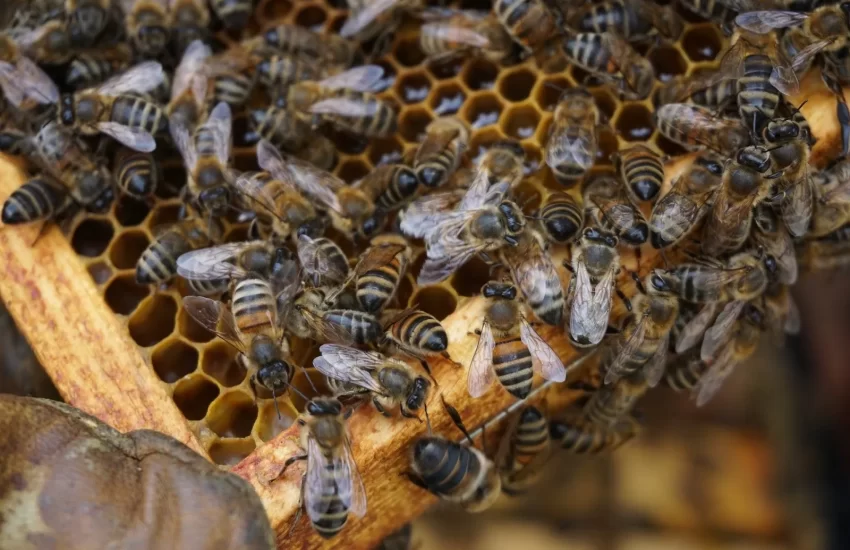What happens if you give bees too much space?
In beekeeping, the size of the beehive matters. A beekeeper should know when to add more space to the hive and when to reduce it. This can be a tricky decision, and the colony may suffer when action is not taken on time.
Similar Articles you may like to read –
When should you not inspect a beehive?
Will an empty beehive attract bees?
How many queen cells should you leave?
Do you have to check bees every day?
What happens if you give bees too much space?
If you give your bees more space than necessary, they will have to work extra hard to maintain the hive conditions. The atmosphere in the hive is carefully controlled for temperature, humidity, and carbon dioxide. They maintain a warm and cozy home with a temperature of 95 degrees Fahrenheit. Temperature control and any other task done by the bees are fueled by honey consumption. Giving them extra space will deplete the honey stores quickly and can lead to starvation. The bees will also be stressed out. In addition, some pests and insects will find a safe hiding place in the hive that is not filled by the colony. On the other hand, crowding may cause swarming.
How much space should you give a nuc or a package?
A nuc or a package requires minimal space at the beginning (a single Langstroth). Depending on the beekeeper’s choice, this may be a medium or deep box. As the colony grows, it will require extra space. You should maintain a balance between too much space and little space. Bees just require enough room to grow and maintain optimally. If they are actively growing, add another box when the first box is 70-80% full. You should continue to add space in this manner throughout the growth period( spring and summer). This helps to accommodate the colony’s specific growth rate. If your new colony is not growing in size, you will require to troubleshoot. This may be due to a poor laying queen or insufficient food sources. A small or weak colony rarely survives through winter.
How do you reduce the hive size in winter?
Honey bee colonies are dynamic organisms. They grow large in spring and summer but constrict brood rearing in fall when the days begin to get shorter and colder. They stop building comb and even abandon some leaving them unused. In late winter, it is advisable to pull off unused supers and reduce the size of the hive. This makes it easy for bees to control the temperature of the hive. Bees usually cluster in the brood nest in winter.
How big can a hive get?
When a hive is healthy, has a productive queen, abundant food resources, and enough room to expand, it grows to great proportions. Most beekeepers don’t allow their hives to get too big. They only stack three of four boxes before splitting them into two. The boxes also get too heavy. A full box of honey weighs over 50 pounds.
More articles you may like to read –
How many acres do you need for beekeeping?
What is the best color for bee boxes?
How long can bees stay in a swarm box?
How deep should a bee box be?
What happens when you add a super too late?
Adding a super late increases the chance of swarming in colonies. You also deny the honey makers a great chance to reward you with a honey crop. It is good to note that if the colony starts making queen cells in preparation for swarming, adding another super may not help. The swarming impulse will still be there. Removing the cells also may not be a remedy but only delays the process.




